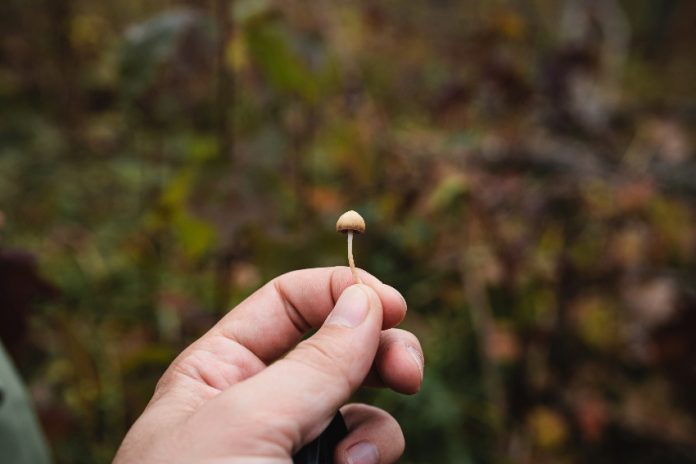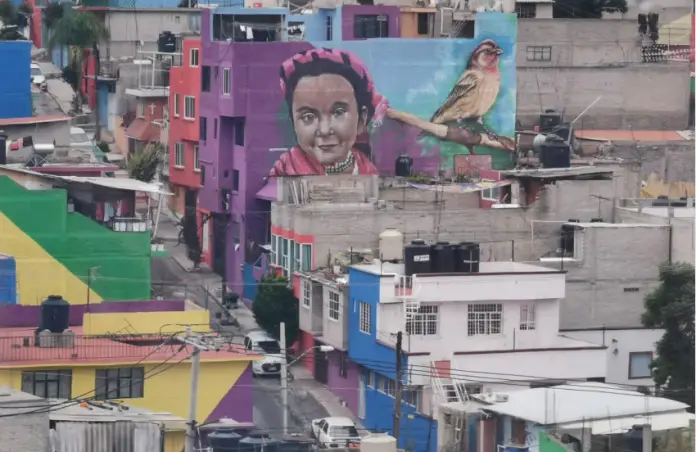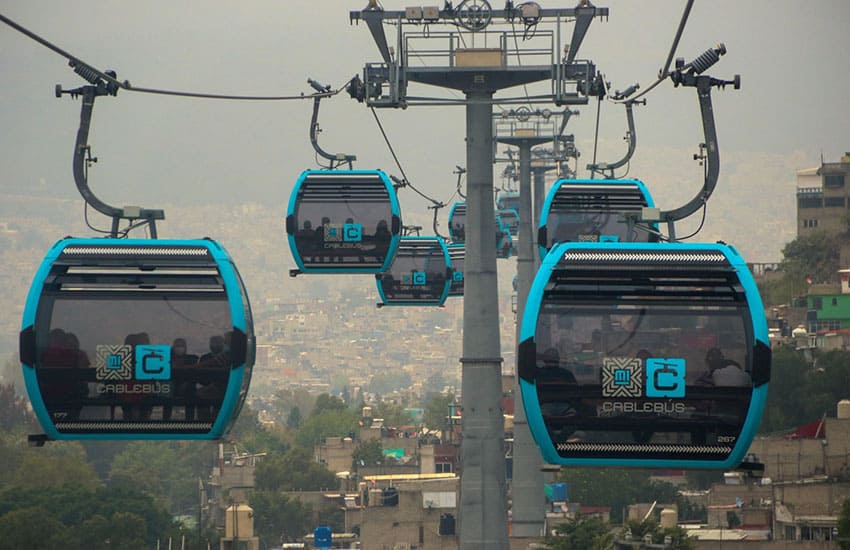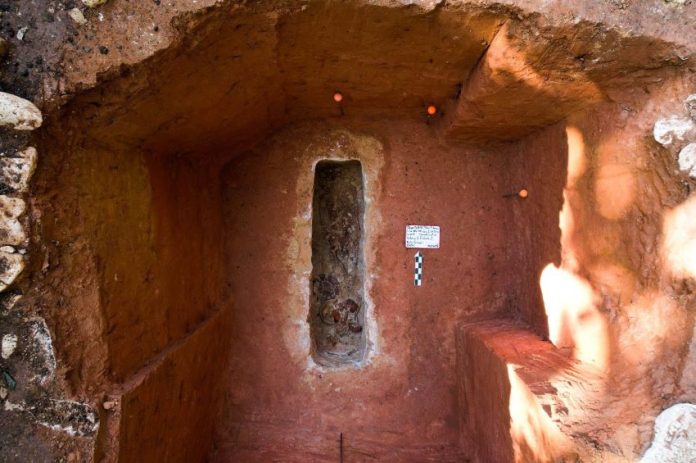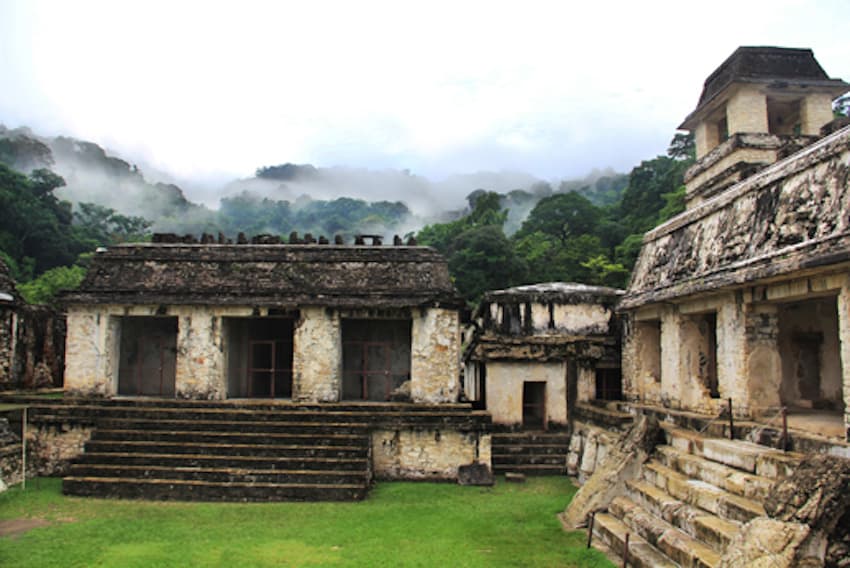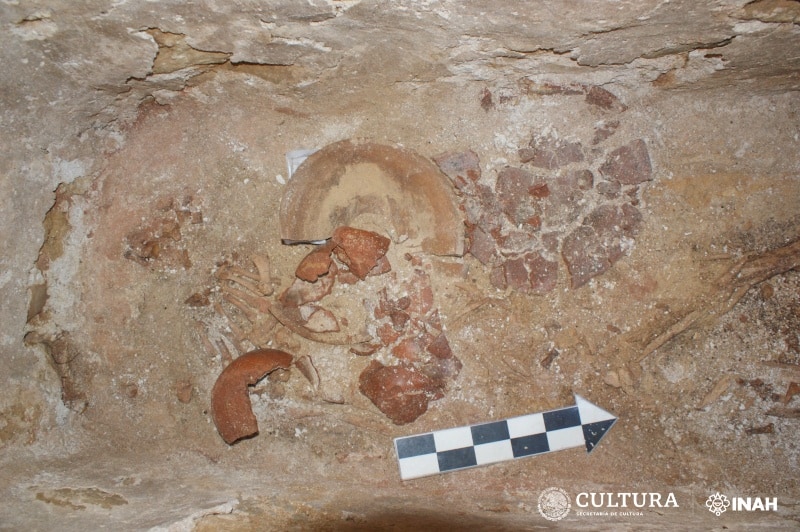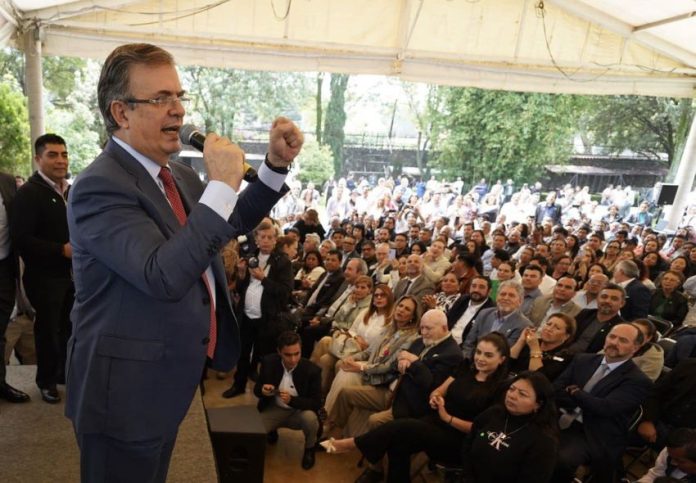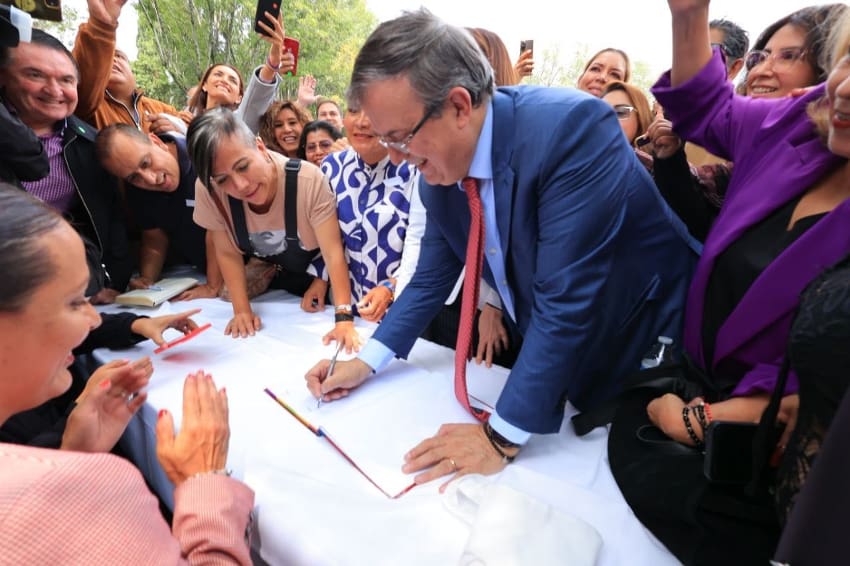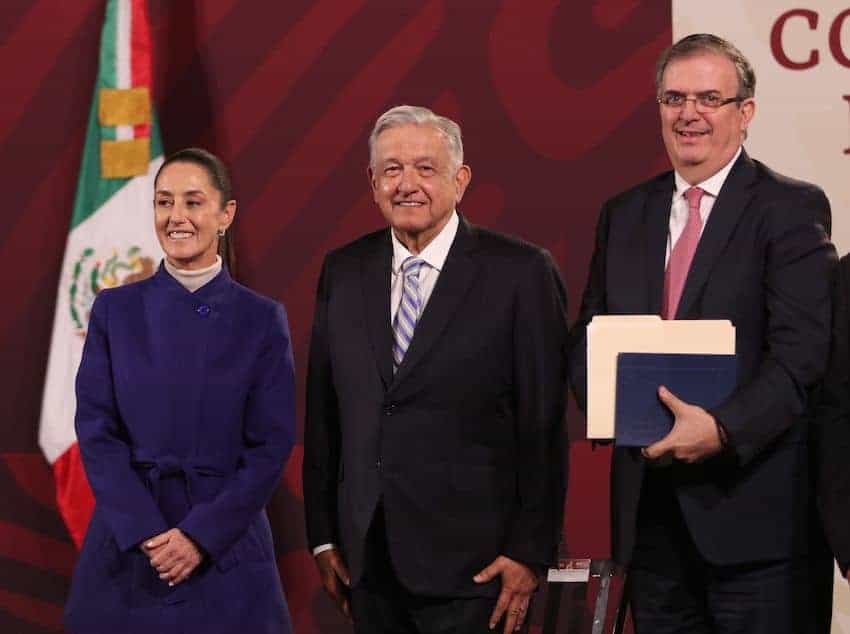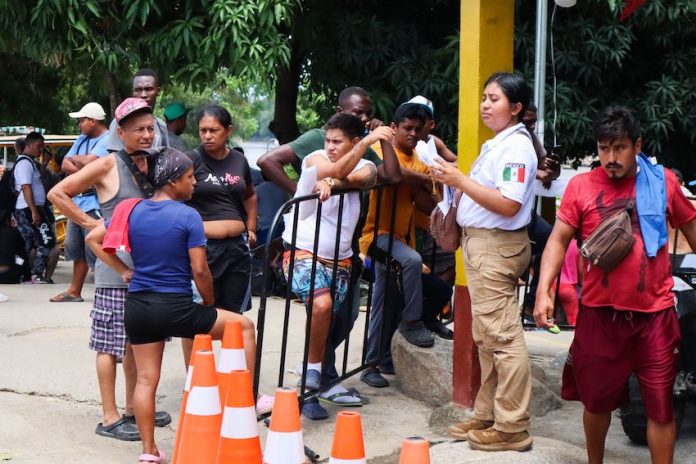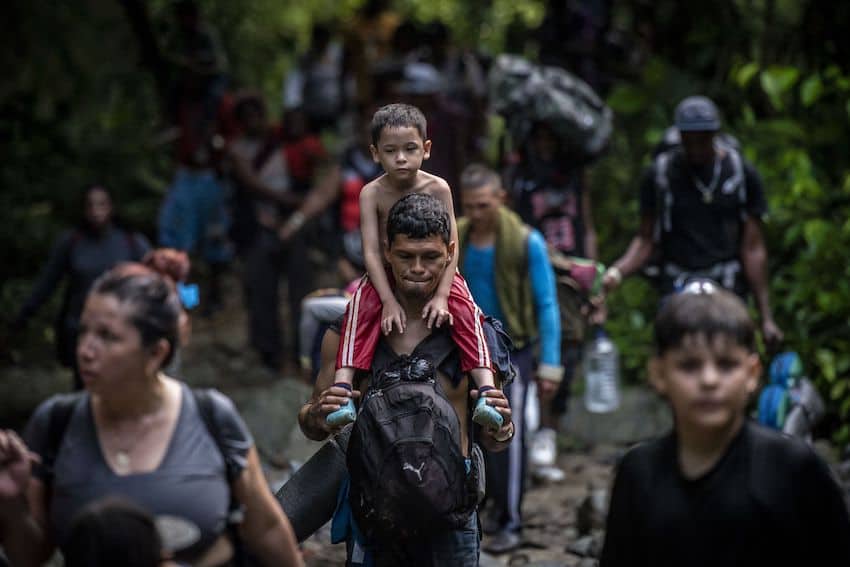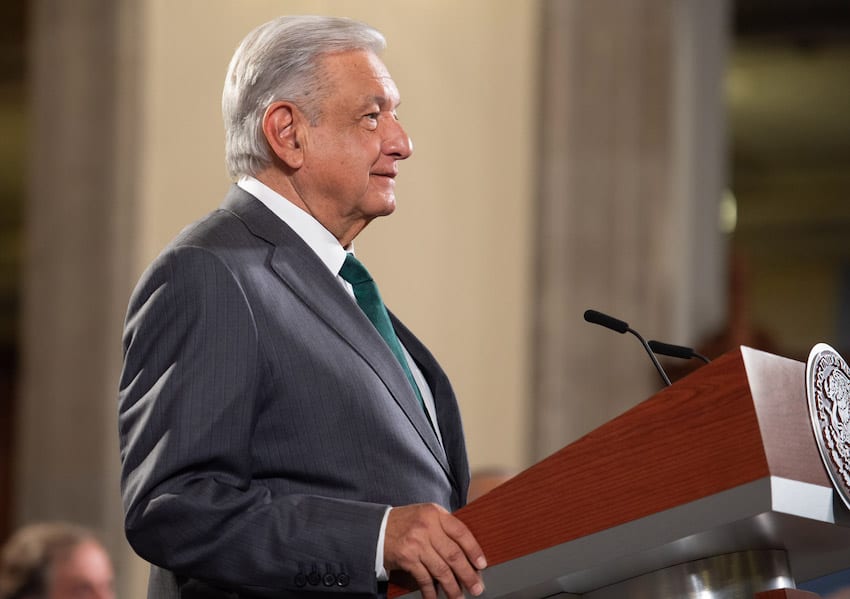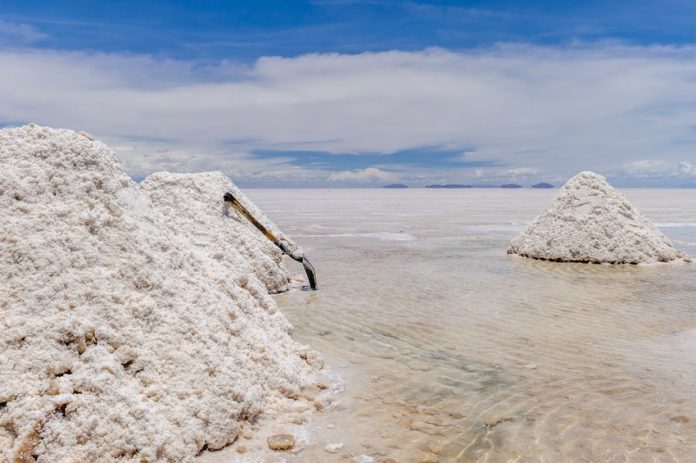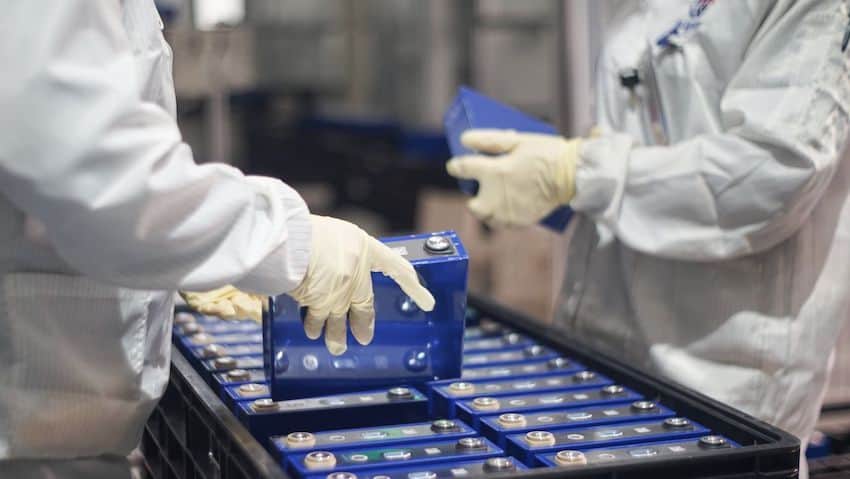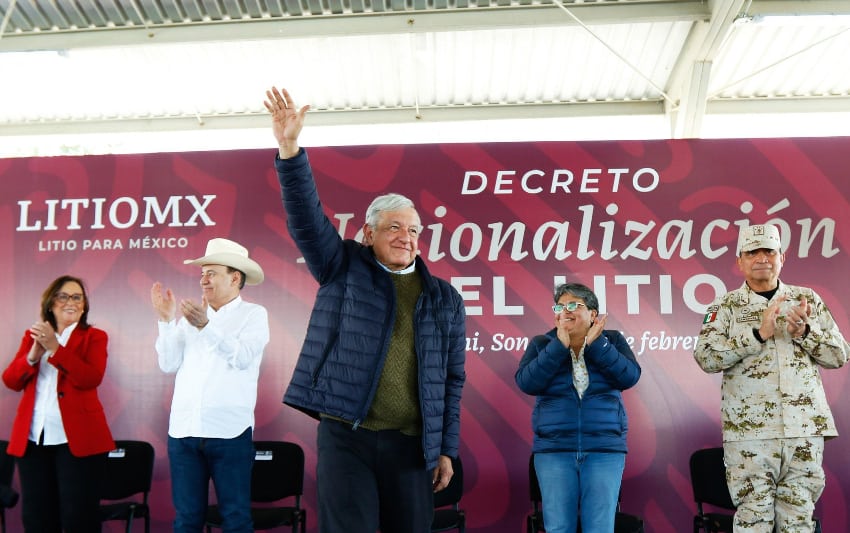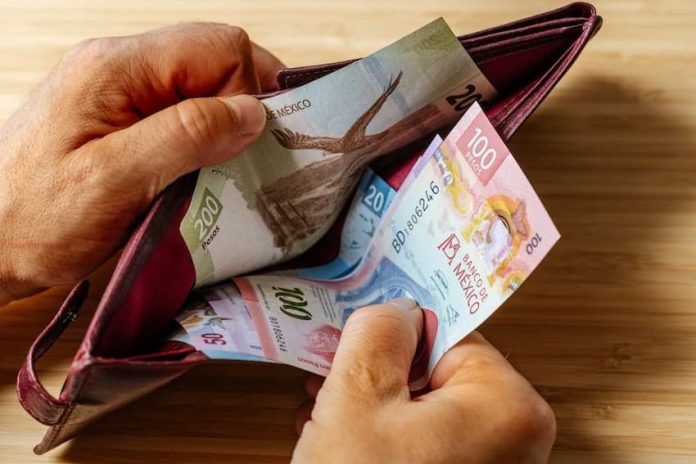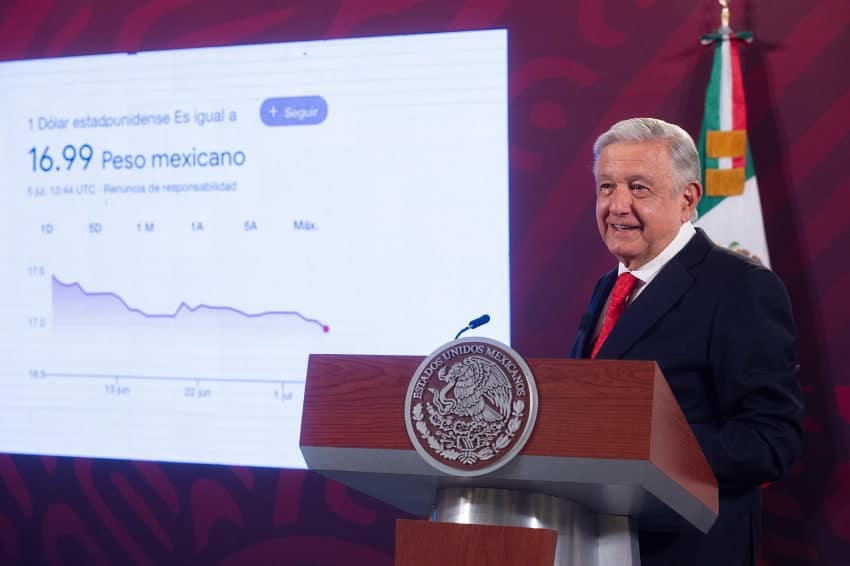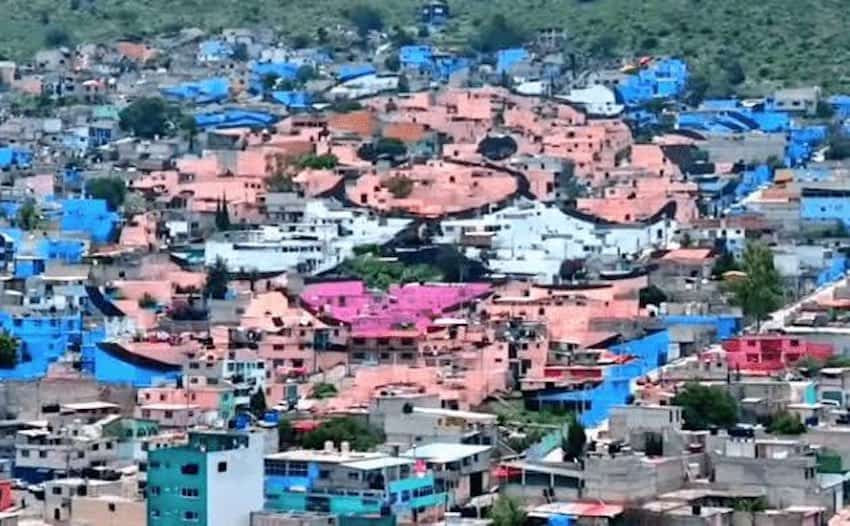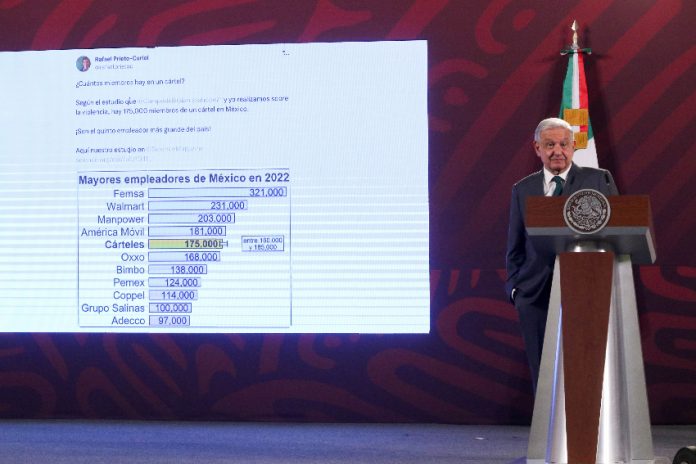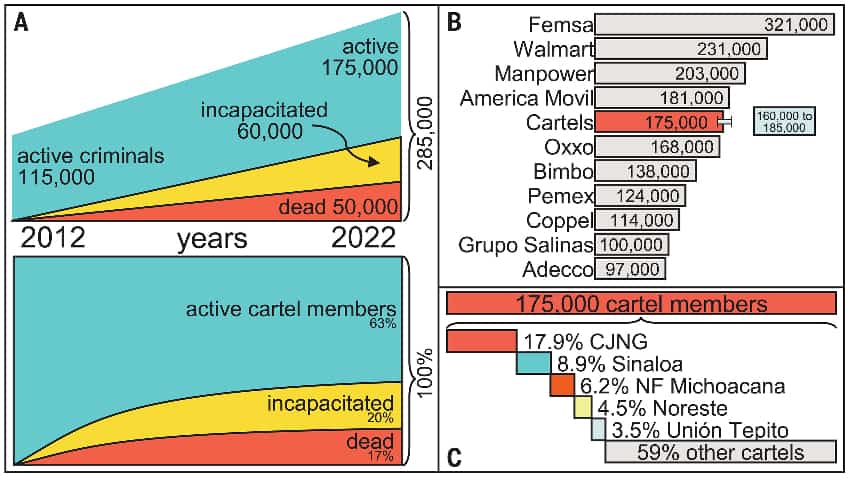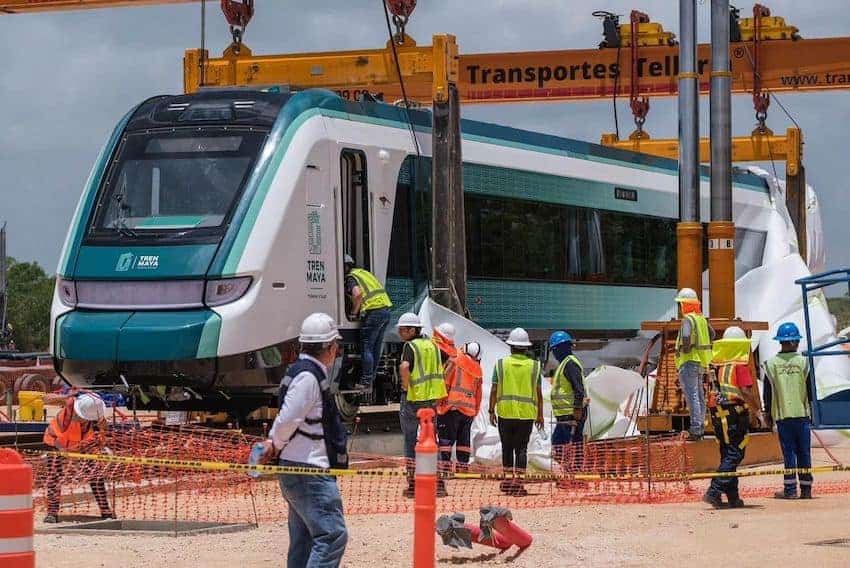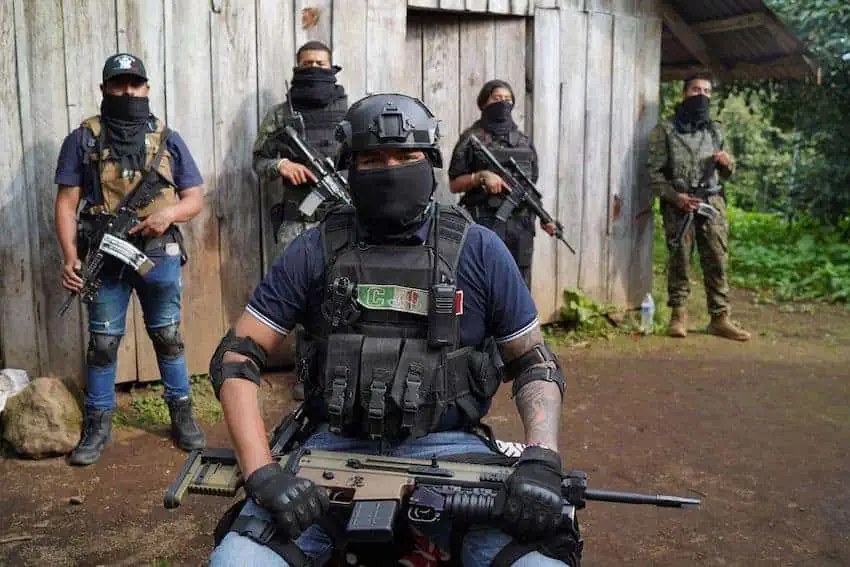In recent years, psilocybin has gained significant attention worldwide for its potential therapeutic applications and profound effects on the brain. Prestigious universities and research centers have been working for years to unravel the mysteries of psilocybin and its impact on the human mind.
What is psilocybin?
Johns Hopkins Medicine describes psilocybin as a compound found in hallucinogenic mushrooms known to cause profound alterations of consciousness and visual and auditory hallucinations. “The molecular structure of psilocybin, a naturally occurring psychedelic compound found in ‘magic mushrooms,’ allows it to penetrate the central nervous system, and the scientific and medical experts are just beginning to understand its effects on the brain and mind and its potential as therapeutics for mental illnesses,” as reported by the Psychiatry and Behavioral Sciences department at Johns Hopkins.
In 2016, researchers at this institution made significant strides by discovering that psilocybin, combined with psychological support, reduced existential anxiety and depression in individuals with a potentially life-threatening cancer diagnosis. In 2022, a study showed that this treatment can be effective for up to a year for most patients.
Psilocybin and the brain
When ingested, psilocybin converts into psilocin, which interacts with serotonin receptors in the brain. These interactions result in altered brain activity, leading to the characteristic psychedelic experiences. It disrupts the Default Mode Network, enhances connectivity between brain regions, and triggers visual and auditory hallucinations. Psilocybin can evoke strong emotions, promote neuroplasticity, and lead to long-term personality changes. Its effects vary, and caution is advised, mainly when used for therapeutic purposes. Research on psilocybin’s impact on the brain continues, offering potential insights into mental health treatment.
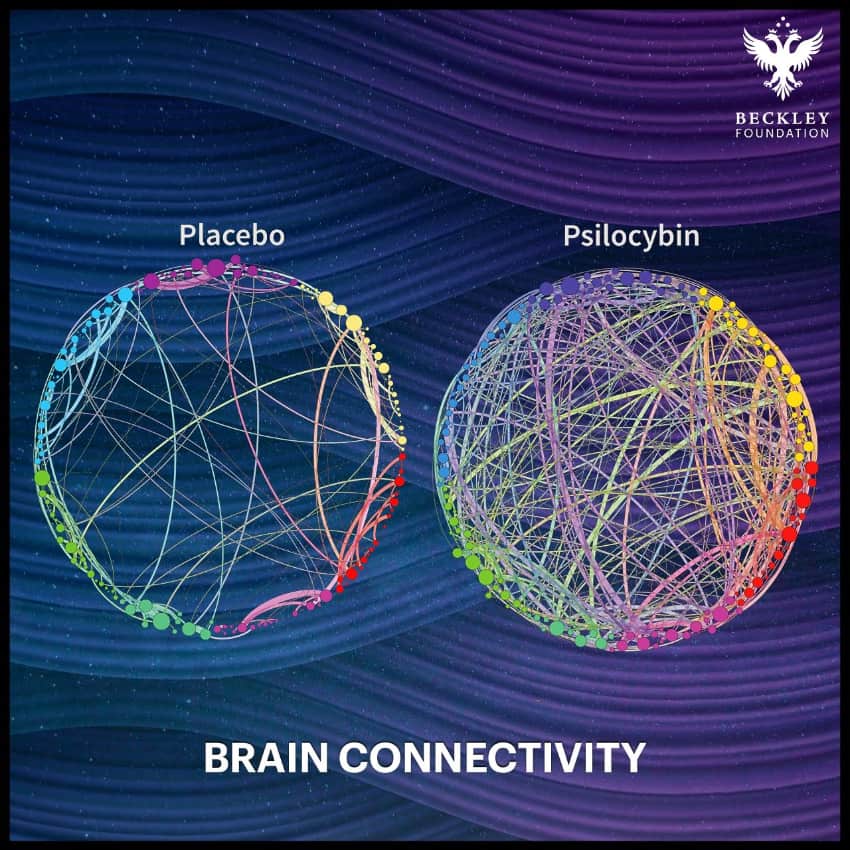
Learn about one patient’s journey with psilocybin
Ana, whose name has been changed to protect her privacy, embarked on her first psilocybin micro dosing therapy in San Francisco, United States. Intrigued by the potential benefits, including overcoming depression and anxiety and enhancing creativity, she decided to “open her mind” and try the treatment. Ana’s initial intention was to find inner peace and evaluate the effects of psilocybin on her well-being. She shares that her journey with psilocybin micro-dosing was highly personal. Her treatment spanned 90 days, during which she followed a specific dosage regimen. While individual experiences may vary, Ana emphasizes the importance of clear intentions and focus while consuming psilocybin. It is not unusual for some individuals to initially experience heightened emotions, including sadness and despair, before reaching a positive state.
Ana’s motivations for exploring psilocybin micro dosing extended beyond seeking inner peace. In subsequent treatments in Mexico, she aimed to awaken her creativity for a professional project. The results were gratifying, “with heightened concentration and a surge of creative ideas,” she adds during an interview at Parque México in Mexico City. In another instance, Ana utilized psilocybin to address her depression after discontinuing pharmaceutical medications. “The treatment improved my mood, bringing about a sense of enthusiasm and a reduced desire for caffeine and alcohol, which I consumed all day.”
It is essential to note that the effects of psilocybin on the brain are highly variable and influenced by various factors, including dosage, set and setting (mindset and physical environment), and individual differences. Additionally, psilocybin is not without risks, and its use should always be cautiously approached, preferably under the supervision of trained professionals in a controlled therapeutic setting.
As scientific interest in psilocybin grows, researchers continue to study its effects on the brain to understand better its therapeutic potential and possible applications in treating mental health conditions. The study of psilocybin and its impact on the brain offers a fascinating glimpse into the complex workings of human consciousness. It may hold promise for the future of mental health care.
*This article is part of a series about psilocybin and its uses, both traditional and modern. We will also discuss its legal status worldwide and explore the physical and mental health benefits these mushrooms offer.
Disclaimer: This article is for informational purposes only and should not be considered legal or medical advice. Individuals should always consult with qualified professionals regarding using psilocybin or any other substance for medical purposes, considering their jurisdiction’s applicable laws and regulations.
Camila Sánchez Bolaño is a journalist, feminist, bookseller, lecturer, and cultural promoter. She is the Editor in Chief of Newsweek en Español magazine and is the features editor for Mexico News Daily.
